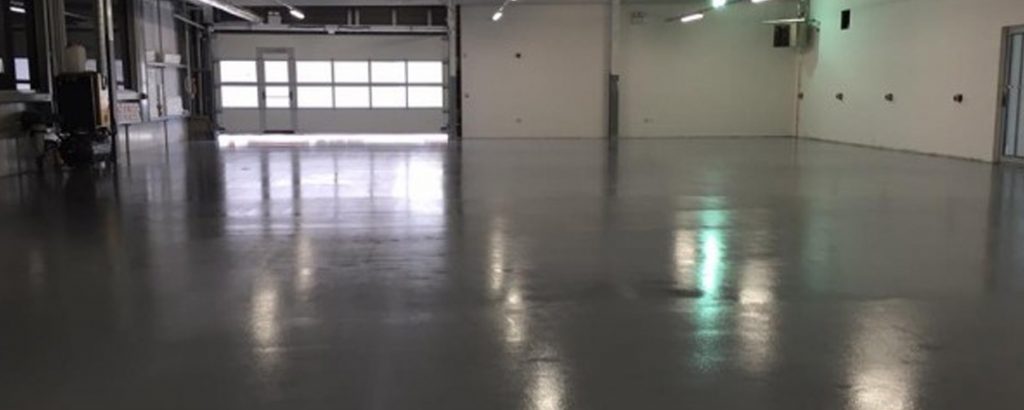When it comes to the depth of your driveway foundations, this very much depends on the type of driveway your installation and the nature of the ground underneath the driveway. In this article, we take a look at how to plan your driveway project.
Looking for a free quote?
Fill out our contact form with more details about your driveway and we’ll get in touch with a more accurate, no-obligation resin drive cost.
Planning a driveway
If you’re planning a driveway, there are all sorts of considerations you are going to have to bear in mind during the planning process. The process isn’t simple as heading straight in and laying down some bricks or other materials to create a driveway on the land in front of (or to the side of) your home. When it comes down to it, all driveways require some sort of excavation to ensure that they stand the test of time and that you don’t have to repeat the work in a few years. Here’s some further information on driveway foundations and how to go about them.
Consider building regulations
Before getting started, it’s important to make sure that you look into and observe any building regulations in your local area. This will determine whether you can dig a driveway and whether you need to request any special permissions to do so. This can save you money and time in the long run.
Excavation
As we’ve briefly touched upon above, all driveways require a little excavation. This doesn’t mean that you necessarily have to dig extremely deep. Instead, the depth you need to dig to will depend largely on the nature of the ground you’re working with. In most cases 6 to 8 inches is plenty, however some foundations can go down a whole foot.
Other factors, such as what sort of driveway you are laying and how long or wide it will need to be will also come into account. As a result, it’s impossible to say exactly how deep you as an individual will need to dig for your driveway.
All we can say is that you need to lay proper foundations if you want a driveway that will meet your needs and requirements. It’s highly recommended that you bring in a professional who will be able to survey your land, listen to your plans and let you know exactly how deep you have to dig. Get in touch with Flexflooring today and we can advise.
Should you dig manually or mechanically?
Once you know how far down and how wide your excavation needs to be, you can begin to make some decisions regarding whether you are going to dig the foundations manually or whether you are going to bring in a machine to get the job underway. Bear in mind that, often, digging isn’t the hardest part of this process. Instead, a lot of labour is entailed in removing the rubble and soil away and disposing of it responsibly.
Take a look at the type of soil you are working with. If you have soft, loamy soil, you may be fine digging manually with a shovel. You can also probably make use of the soil in your garden, so won’t have to worry about having it disposed of professionally. If you’re working with a driveway space that has rock under your topsoil, you are likely to need machinery. This will be able to break to rock up much more easily and effectively than you’ll be able to achieve by hand. You will also need to dispose of this rubble responsibly and according to local rules and regulations.
Hiring a digger
If you want to make the job as easy and fast as possible, and if you have the budget to cover this, you should hire a mini digger. Believe it or not, mini diggers are relatively affordable nowadays. There’s increased demand for them, which means more are available and prices have gone down.
Hiring a skip
If you’re going to have a lot of waste to dispose of, you could do with a skip. This will provide you with a place to store your waste and rubble, which can then be disposed of responsibly.
As you can see, there are multiple stages to digging the foundations to your driveway, and the right process will depend entirely on individual circumstances and requirements. But hopefully, some of the above information will help you get everything started out on the right foot!





